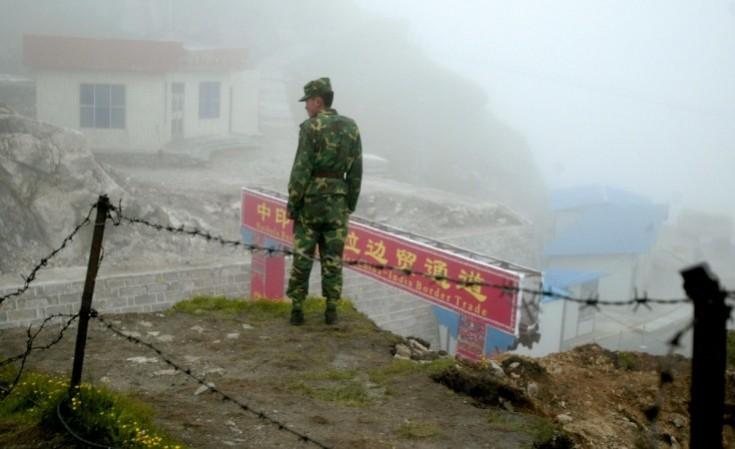
Chief of Defence Staff, General Bipin Rawat on Sunday said that the military option for flushing out the Chinese Army from the Eastern Ladakh is open if talks at Military and Diplomatic level fail. The statement holds significance as the two sides engage in discussion to resolve stalemate at multiple positions along the Line of Actual Control. On the 15th of May, armies from both sides were involved in a lethal melee in which 20 Indian soldiers were killed in action with China decided against giving the casualty figure.
Last time when these two armies engaged in deadly combat was in 1967 at Nathu La and Cho La passes in Sikkim. The Indian Army and PLA fought over the question of a fence at Nathu La, Sikkim's strategic pass that demarcates borders of these two nuclear-armed countries. The Indians decided to build an iron fence that would put an end to what they saw as Chinese incursions. For the Chinese, this seemed like brazen bullying, coming from an army that they had soundly defeated just five years ago in the 1962 war.
Major General Sagat Singh led from the front
After a series of unarmed fights, PLA opened fire on 2 Grenadiers of the Indian Army on 11th September 1967 as they were installing a fence. The coordinated attack inflicted heavy casualty on Indian soldiers which included Col. Rai Singh, the commanding officer of 2 Grenadiers who was also wounded. Major General Sagat Singh who was the division commander of the area at that time grabbed a stun gun and threatened to shoot such soldiers who tried fleeing the posts in panic. Moreover, seeing panic he motivated his troops to hold the line till artillery support came in.

What followed over the next 3 days defines the valour and courage of the Indian Army under the decisive command of Sagat Singh. Under heavy firing from Chinese forces, Indian troops held the ground and launched a deadly counter-attack. The Indian Army struck back with superior artillery over the next five days and fought several hand-to-hand combats at and around the pass to punish Chinese troops. Shell shocked from India's counter-attack, Chinese soldiers fled their post to save their lives from Artillery guns.
Peace for the next 50 years
China respects power. As India gave a bloody nose to China's intimidation in Nathu La, it resulted in peace for almost 5 decades in the region except for a brief period in Sumdorong Chu in 1987 where tensions escalated but did not start any fight. The recent aggression shown by PLA in Ladakh must also be dealt with firm leadership to defend the sovereignty of this country.












!['He is done with the team now' : Angry Virat Kohli slams the bat, kicks the ground, yells at RCB team as SRH smashes runs [reactions]](https://data1.ibtimes.co.in/en/full/796956/he-done-team-now-angry-virat-kohli-slams-bat-kicks-ground-yells-rcb-team-srh-smashes.jpg?w=220&h=138)




